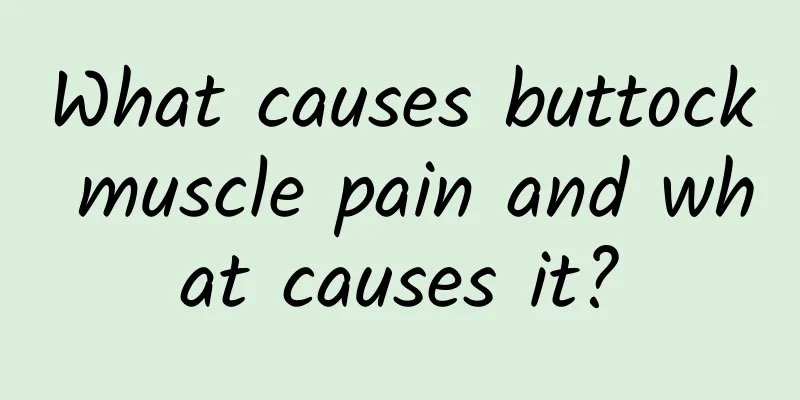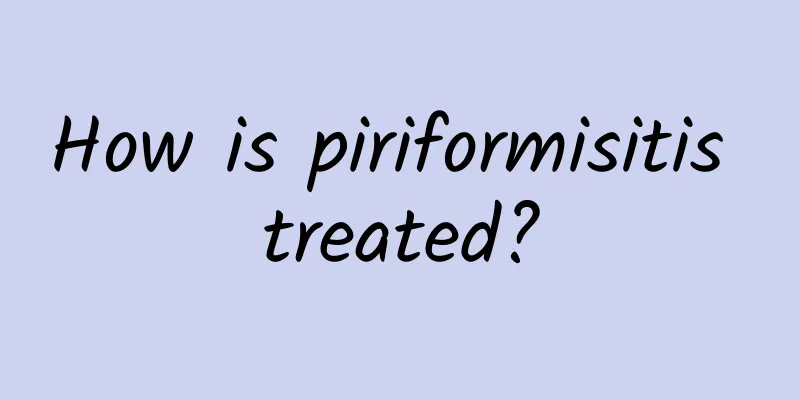Ankylosing spondylitis diagnosis and treatment options, this disease is so serious

|
To diagnose whether you have ankylosing spondylitis, you can look at it clinically. The low back pain and stiffness persist for at least 3 months. The pain improves with activity but is not relieved by rest. The lumbar spine has limited movement in the forward, backward and lateral flexion directions. In the face of these symptoms, controlling inflammation and reducing or alleviating the symptoms is fundamental. 1. Diagnosis 1. Clinical diagnostic criteria: (1) Low back pain and stiffness persist for at least 3 months, with pain improving with activity but not with rest. (2) The lumbar spine has limited movement in the anterior-posterior and lateral flexion directions. (3) The range of motion of the chest is reduced compared with normal people of the same age and gender. 2. Radiological criteria: bilateral sacroiliitis ≥ grade II or unilateral sacroiliitis grade III-IV. Criteria for confirmed AS: meeting radiological criteria and one or more clinical criteria. Possible AS criteria: ① meet 3 clinical criteria; ② meet the radiological criteria but do not have any clinical criteria (excluding sacroiliitis caused by other reasons). In order to diagnose AS early, Calin et al. proposed clinical screening criteria for AS in 1977, which are as follows: ① low back pain or discomfort occurring before the age of 40; ② latent onset; ③ a history of latent back discomfort lasting more than 3 months; ④ accompanied by morning stiffness; ⑤ the above symptoms can be improved after activity. Combined with family history and HLA-B27 testing, patients can be diagnosed if they meet 4 or more of the above 5 criteria. II. Treatment The cause of AS is not yet fully understood. There is currently no cure and no effective treatment to prevent the progression of the disease. In many patients, sacroiliitis develops to grade I or III and does not progress further, and only a few progress to complete ankylosis. The purpose of AS treatment: ① Control inflammation and reduce or relieve symptoms. ②Maintain normal posture and optimal functional position to prevent deformity. To achieve the above goals, the key lies in early diagnosis, early treatment and comprehensive measures for treatment. The basic principles of AS treatment: ① Non-surgical treatment is the main treatment in the early stage. ②Spinal deformities should be actively prevented in the middle and late stages. ③During drug treatment, the indications of drugs with serious side effects should be strictly controlled. ④ For those whose deformity has affected their basic life, surgical correction should be considered. |
<<: How should Traditional Chinese Medicine treat gastroptosis?
>>: What causes pain on both sides of the spine and in the back?
Recommend
Dry and flaky skin on face
In autumn, due to the dry weather, our skin will a...
What is the deficiency of neuritis?
Neuritis is a common disease that poses a great t...
Can I not lift heavy objects after lumbar disc surgery?
Patients with lumbar disc herniation need to stay...
Quick cold cure
When the seasons change, many people will easily ...
What is the reason for frequent urination?
There are many things in life that require attent...
Can scraping be done without essential oils?
People in modern society like to enjoy themselves...
The efficacy, effects and contraindications of white cardamom
In ancient times, when describing a girl, one wou...
A poke can make a man "excited" immediately
As long as you give the Dazhui point proper stimu...
How to eliminate psychological barriers
There are many types of psychological disorders, ...
The efficacy and function of yellow peel fruit wine
Many people don’t know what kumquat is. In fact, ...
Acute gastroenteritis, no urination
Acute gastroenteritis is a very common gastrointe...
How to eat papaya to enlarge breasts, how to eat papaya to enlarge breasts
Many women want to have a perfect body with a pro...
What symptoms require a gastroscopy? Indications for gastroscopy
When it comes to gastroscopy, many people may kno...
What are the effects of epimedium
Epimedium is a relatively common Chinese herbal m...
What should heart patients eat?
Myocardial infarction is a relatively serious car...









